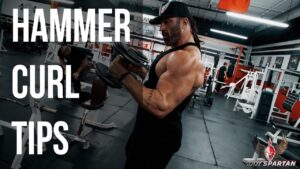Bent Over Row Overview The bent over row is a back day staple exercise and is considered one of the best muscle building back building exercises you can do. Sometimes referred to as the barbell row, the bent over row is a staple movement in most muscle building workouts. Those looking to build muscle utilize the bent over row to target their back, bicep and core muscle. Those in powerlifting and strength circles perform bent over rows to increase their strength on the big 3 movements. The bent over row is typically used to build and strengthen the muscles of the upper back (latissimus dorsi, rhomboids, and trapezius). However, it requires assistance from muscles of the low back, core, and arms to perform a bent over row correctly. There are several variations of the bent over row one can and should perform. Bent over row variations include: Dumbbell Bent Over Row One Arm Bent Over Dumbbell Row Reverse Grip Bent Over Row T-Bar Row Smith Machine Row The back is a tricky muscle group to build and strengthen. Sometimes it can help to vary the degree in which you perform the bent over row and well as the hand placement on the bar. Regardless, the bent over row is a great exercise to include in your back workout. Bent Over Row Instructions Assume a standing position while holding the bar using a double overhand grip. Hinge forward until your torso is roughly parallel with the floor (or slightly above) and then begin the movement by driving the elbows behind the body while retracting the shoulder blades. Pull the bar towards your belly button until it touches your body and then slowly lower the bar back to the starting position under control. Repeat for the desired number of repetitions. Bent Over Row Tips Experiment with head position and see which option (looking forward vs. packing the neck) works better for you. Keep some tone through your abdominals as you pull the bar into your body to ensure you don’t arch excessively through your spine. Don’t allow momentum to dictate the movement, control the bar throughout the entirety of each rep. Don’t allow the head to jut forward as you pull. Similarly, ensure the shoulder blade moves on the rib cage. Don’t lock the shoulder blade down and just move through the glenohumeral joint.
Latissimus Dorsi Bent Over Row-8
- Post author:admin
- Post published:April 19, 2021
- Post category:Uncategorized
- Post comments:0 Comments
You Might Also Like
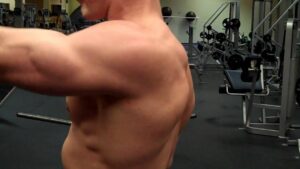
Deltoid Front Raises-1

Quick Facts About Lipid Profile

Jogging on Spot
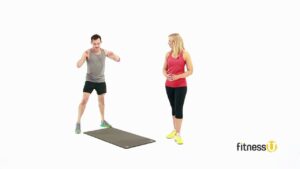
25 Types of Stretching

Long bone formation

HGH, Growth Hormones & Plant Hormones Video – 18

Shiatsu Video – 3
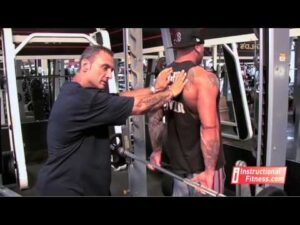
Instructional Fitness – Shrugs Behind The Back

Branches of Physiotherapy Video – 22

How To Know If You Have Gynecomastia? – 5 Gynecomastia Symptoms!
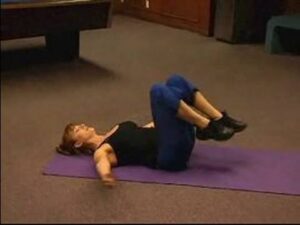
How to Do Abdominal Exercises : Combo Crunch Abdominal Exercises

Xenical Counselling

Relaxation massage Video – 4

HGH, Growth Hormones & Plant Hormones Video – 27

Best Workout Rep Range (CLASSIC MISTAKE!)
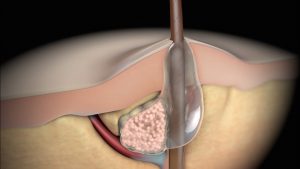
Acne | Nucleus Health
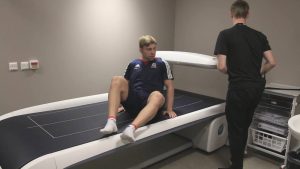
DEXA SCAN – Body fat percentage test

BMR Calculator | Calculate Your Basal Metabolic Rate

Sedative-Hypnotic-Anxiolytic drugs (pharmacology)

Medical Spa Club Video – 2

Intermittent Fasting & Fasting Video – 25

TOP 5 WHEY PROTEIN Supplements 2015

Essential Fatty Acids – Efas Video – 1

Thyroxine Meaning

Clinical Neurophysiology Video – 3
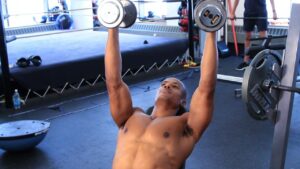
What Is a Set? | Gym Workout

Mushroom Nutrition Video – 1

Goalkeeper Training: Game Warm up

L-Ornithine | C5H12N2O2 | 3D molecule

Can A Brain Injury Make You A Genius?

Can heart attack damage be reversed?

Pharmacodynamics Meaning

Diabetes Drug Metformin Could Inhibit Progression of Pancreatic Cancer

Thyroid Hormone Synthesis
Lat Pull Down-10
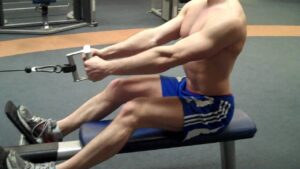
Seated Row-5

Yoga Guide Video – 5

Andropause: Treating Male Hormone Imbalance Naturally (Male Menopause)

Introduction to Music Therapy in the UK
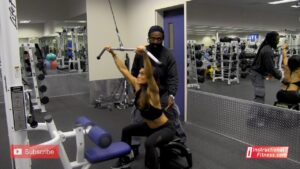
Lat Pull Down-7
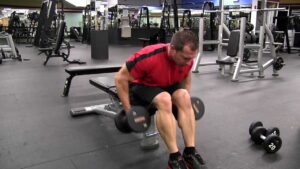
Seated Bent Over Dumbbell Row
